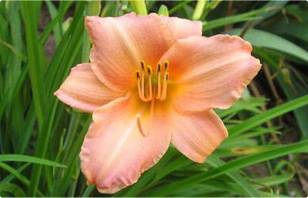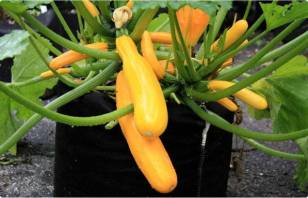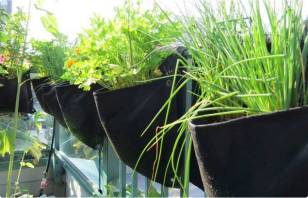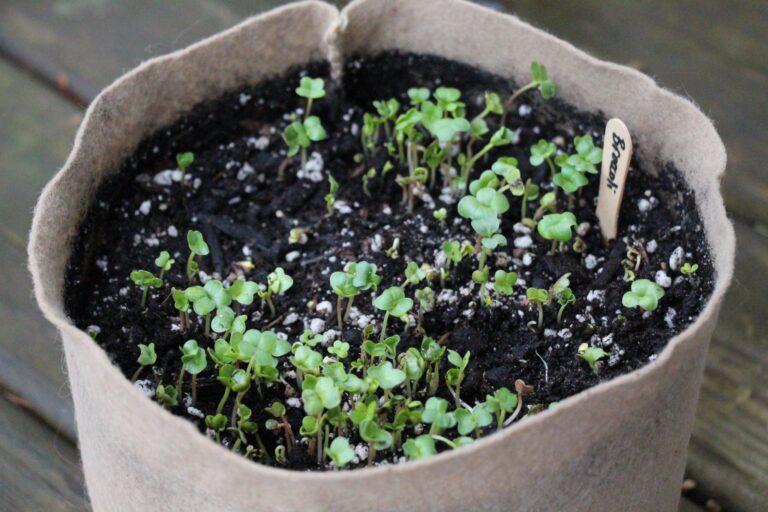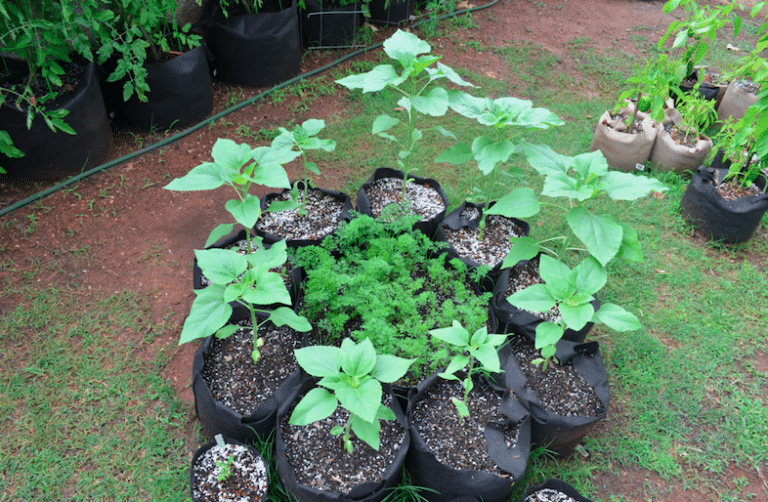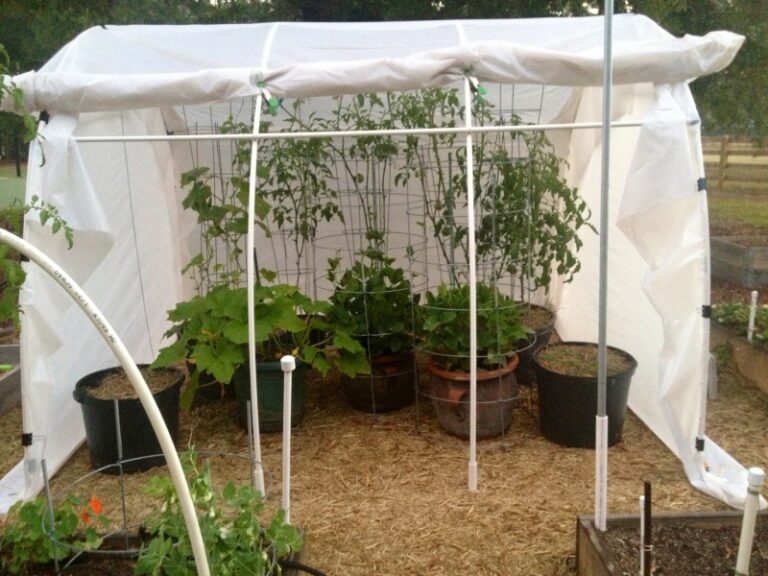Fabric Containers Increased Irrigation Demand but Decreased Leachate Loss of Nitrogen and Phosphorus Compared With Conventional Plastic Containers
Jeff B. Million and Thomas H. Yeager
Department of Environmental Horticulture, Institute of Food and Agricultural Sciences, University of Florida, Gainesville, FL 32611-0670
A recent study at the University of Florida found that using fabric Smart Pots had a number of positive effects on both the plant and the environment when compared to growing in standard plastic containers. Published in HortScience, a peer-reviewed journal of the American Society for Horticultural Science, (HortScience 57, 2022) the study found –

- Using fabric Smart Pots significantly reduced the release rate of Control Release Fertilizer
- Using fabric Smart Pots reduced the leaching loss of applied Nitrogen by 38% & 21%
- Using fabric Smart Pots reduced the leaching loss of applied Phosphorus by 52% & 41%
- Reduced leachate loss occurred despite increased irrigation of the fabric Smart Pots by over 50%
- Container temperature was reduced by an average of 6 degree C, this difference was negligible at the center of the container but significant toward the edge
- Using Fabric Smart Pots increased Dwarf Burford Holly size by 8% and shoot dry weight by 12% in one study
This study was conducted at the University of Florida (Gainesville) in the horticulture department and duplicated at a commercial nursery in central Florida.
A continuing issue in nursery production is waste-water runoff. This study shows that fabric Smart Pots can be a tool in reducing water pollution. Many states, including Florida, have waste-water pollution issues.
Another continuing issue in nursery production is the release rate of Control Release Fertilizers in containers. The finding that fabric Smart Pots can help even the release rate of Control Release Fertilizers is most interesting. The container you use for growing makes a difference in many ways.


